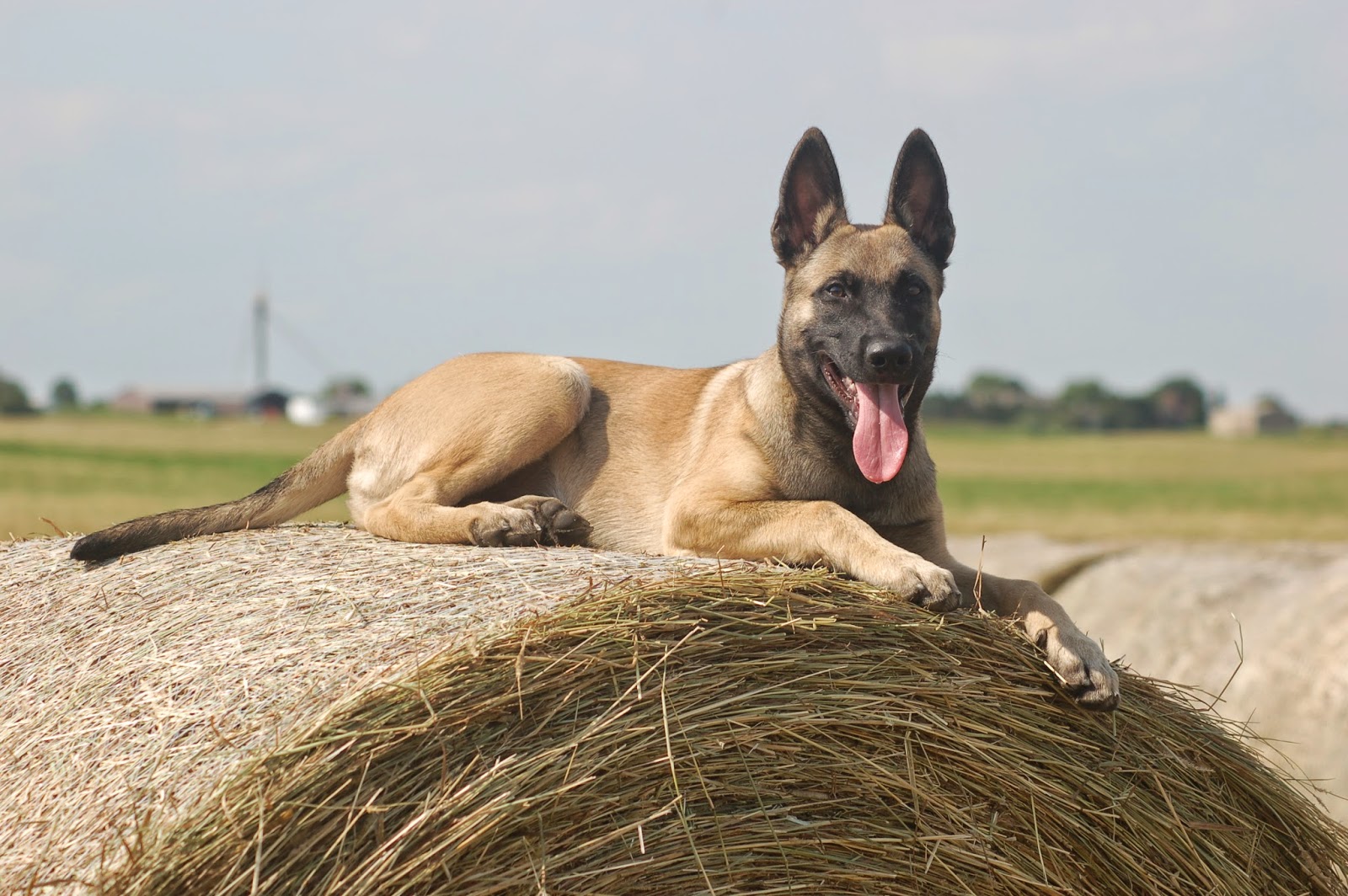 |
| CCPROTECTIONDOGS.COM |
One of the factors that is so important when deciding to train a protection dog is the type of breed. The Chow Chow is a breed that was originated in Mongolia around 4,000 years ago. A guard dog needs to be somewhat large and well built, these characteristics help for the dog to be strong and powerful when needed. The Chow Chow does not exactly possess these traits, they are a medium sized breed that is not very strong. The males have a weight that is usually between 50 and 70 pounds. Chow Chows can become extremely lazy if they are not exercised regularly, so it is very important that they are taken for daily walks. This breed would thrive best if they had a lot of land to run on, it would give them their needed enrichment.
Another important factor when considering a breed for the possibility of becoming a personal protection dog, is their health. Unfortunately, Chow Chows are prone to having many different health problems. These problems include things like hip dysplasia, hot spots, stomach cancer and ear infections. All of these will be enhanced if the dog comes from a backyard breeder or untrustworthy pet store. That is why when buying a Chow Chow you should ask for the health history of both parents. Although it is impossible to predict the lifespan of a dog, this breed usually lives from 10 to 15 years old.
Lastly, another important factor is the dogs temperament and nerve strength. Chow Chows are typically well mannered and are a great family dog. They need to be socialized and trained starting from when they are puppies. It is important for the dog owner to start a set of strict rules for this breed starting from the very beginning. Chow Chows are usually a dominant breed and it is crucial for you a owner to stay in the alpha position and not let your dog dominate you. But this breed in no way possesses the overall nerve strength needed to become a good guard dog. In today's world the the only dogs that have strong enough nerves to do functional protection work is the German Shepherd, Dutch Shepherd, Belgian Malinois.











